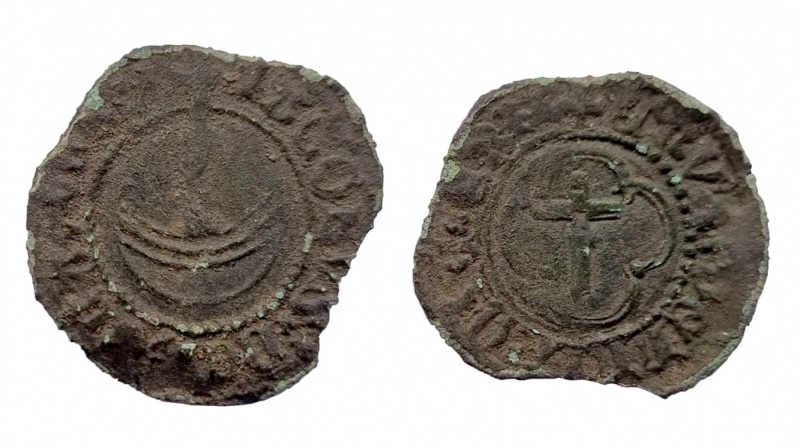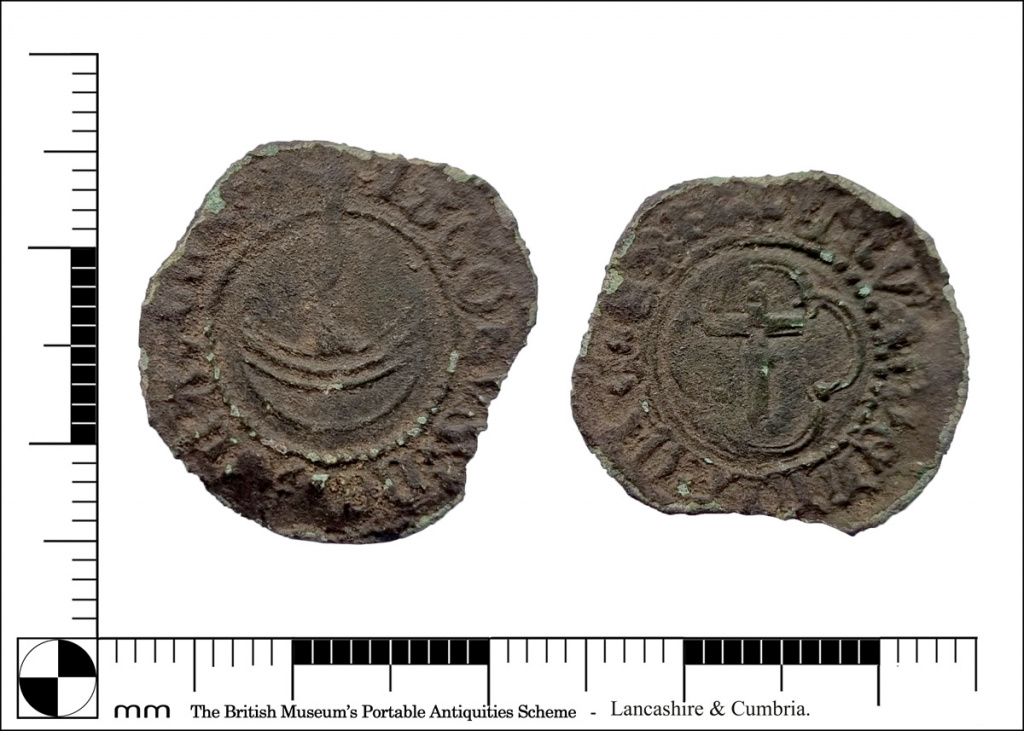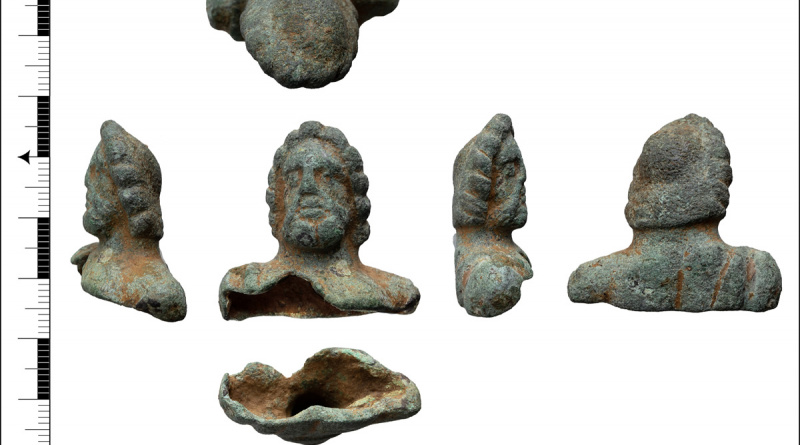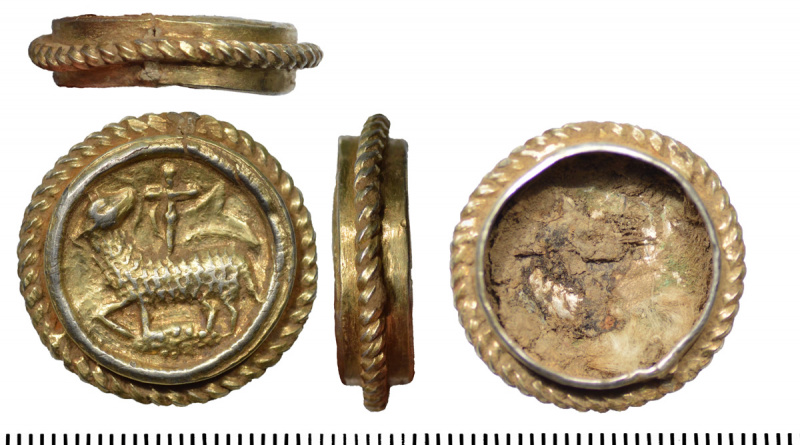PAS Finds: week ended 1 July 2022
PAS Finds: week ended 1 July 2022
My selection of the detecting finds recorded at the PAS in the week ended 1 July 2022.
Featured Find
“Crux Pellit” threepenny of James III of Scotland
These copper-alloy coins were never legal tender in England and hence are rare finds here with only eight being recorded on the PAS. This has been designated a Find of Note of County Importance.
“Crux Pellit” coinage
The coins have their name because they bare an abbreviated form of the inscription CRVX PELLIT OMNE CRIMEN, “the cross drives away all sin”. In this example the legend reads CRVXo PELLITo OIEo CRImo.
Until relatively recently there was disagreement as to the origin of these coins; some doubting as to whether they were of Scottish origin at all and if they were then they were thought to be from an ecclesiastical mint. In 2008 Nicholas Holmes published an article in the British Numismatic Journal entitled “THE SCOTTISH COPPER CRUX PELLIT COINAGE: A TYPOLOGICAL ANALYSIS“, building on work by Mrs J.E.L. Murray in the 1970’s. This provided some, but not all, of the answers to mystery behind the coinage.
The available evidence points to them being minted on behalf of James III of Scotland although the style of lettering and crude workmanship suggests that they were not produced in the official mint and probably by workmen who were not normally involved in coin production. Mrs Holmes gave a tentative estimate that a total of 4 million of these coins were minted although only a few hundred now survive.
Cochrane’s placks
In contemporary documents Murray identified the coins as being referred to as “three-penny pennies” or “Cochrane’s placks”. It is not clear why Robert Cochrane, Earl of Mar was associated with the coinage. The copper coinage was unpopular among the Scottish people and Cochrane, either by his own design (as a favourite of the king) or at the behest of the kings enemies took the flack. And flack he took as he was hanged in Lauder in 1482 at the same time as the “crying down” of the black money by the Lords of Council.






